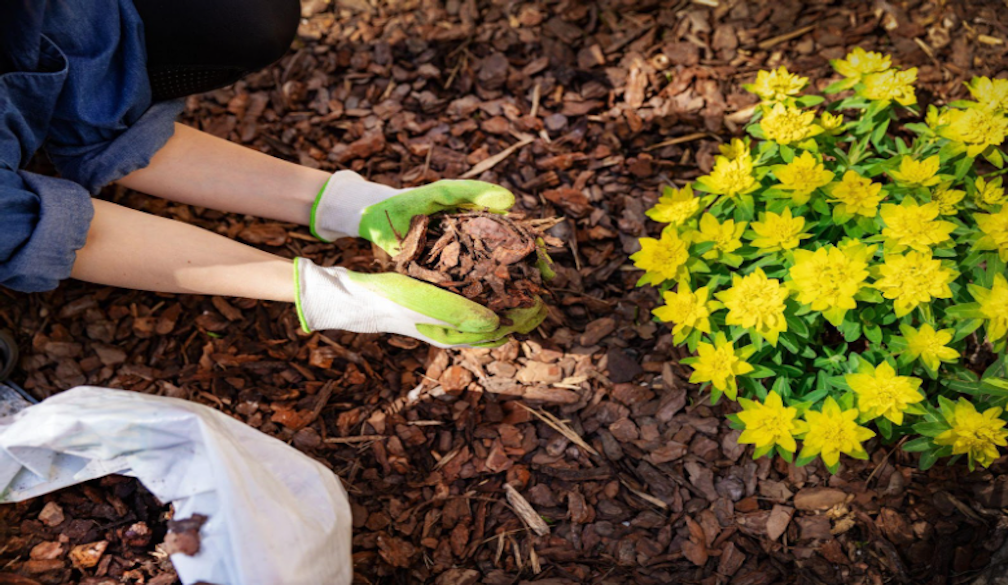How to Dispose of Trees Responsibly: A Guide for Australian Homeowners

Tree disposal might seem like a task best left to nature, but in reality, it requires thoughtful planning. Responsible tree disposal is crucial not just for maintaining aesthetics but for safeguarding ecological balance. Improper tree disposal can lead to environmental hazards, such as habitat loss and increased carbon footprint. Additionally, there are legal obligations that homeowners must adhere to in Australia to ensure compliance with environmental protection laws. This guide will journey through understanding local regulations, sustainable disposal methods, the benefits of hiring professionals, DIY tips, and alternatives to complete removal.
Understanding Local Regulations
In Australia, disposing of trees isn't just about grabbing an axe. It involves understanding and following specific local and state regulations designed to protect the environment and ensure public safety. Each state may have its own set of guidelines and permit requirements for tree removal. For instance, some councils require permits for cutting down trees above a certain size or for trees that are protected due to their species or location. Failing to follow these regulations can lead to hefty fines or even legal action. Homeowners should contact their local council to identify the necessary permits and understand any stipulations about where and how trees can be disposed of. Many councils provide resources, such as websites or hotlines, to help residents find local disposal sites.
Sustainable Tree Disposal Methods
Homeowners are encouraged to consider sustainable methods for tree disposal, aligning with eco-friendly practices. Composting and mulching are excellent ways to return the nutrients to the soil. By chipping the tree branches and leaves, homeowners can create mulch for garden beds or compost heaps, enriching the soil and promoting plant growth. Recycling wood for landscaping uses, like garden edging, or donating it to community projects, such as schools or local gardens, helps to maximise resource use. Moreover, several tree services specialise in eco-friendly practices, ensuring that trees are not only removed safely but disposed of sustainably. Recycling tree waste in the Eastern Suburbs has gained popularity as residents aim for environmentally conscious living and conservation efforts.
Hire a Professional Tree Removal Service
For those not inclined to tackle tree disposal themselves, hiring a professional tree removal service is a viable and often safer option. Certified arborists bring expertise that not only ensures the safe removal of trees but also considers the long-term health of the surrounding environment. When choosing a tree service, look for qualifications, insurance coverage, and references to ensure reliability and professionalism. On average, professional tree removal costs vary depending on the tree size and location, ranging from a few hundred to a few thousand dollars. It's vital to confirm that the service follows sustainable disposal practices and properly manages the removed timber and debris.
DIY Tree Disposal Tips
However, if one prefers the DIY approach, there are essential safety measures and guidelines to follow. Safety is paramount when handling trees, as mishandling can lead to injuries. Wearing protective gear, such as gloves, helmets, and goggles, should be non-negotiable. Begin by assessing the tree's condition, including its height and reach, ensuring it doesn’t affect nearby structures or power lines. The step-by-step process involves using chainsaws or hand saws; tools should be in good condition and used according to the manufacturer's instructions. Chopping the tree down section by section is advisable for easier handling and disposal. Small trees can often be handled manually, while larger ones may need machinery or additional help. Proper disposal methods depend on the size and type of wood left behind.
Alternatives to Tree Removal
Before deciding to remove a tree, consider some alternatives that might achieve the desired outcomes without complete removal. Pruning and trimming can often address issues like overgrown branches or unwanted shade without the need for full removal. This method also allows the tree to continue benefitting the environment while homeowners manage its growth. In cases where the tree is in the wrong spot or poses potential hazards, relocating the tree might be a feasible option, allowing the tree to thrive in a better-suited environment. Alternatively, planting new trees in place of those removed can contribute positively to the ecosystem, offsetting any negative environmental impact. Some councils and conservation groups offer community programs and incentives to encourage tree conservation, making it easier for homeowners to get involved in preserving their local environment.
Conclusion
In conclusion, while the task of disposing of trees can seem daunting, approaching it responsibly ensures the protection of our natural surroundings. With various sustainable disposal methods, such as composting or donating wood, Australian homeowners have ample options to manage their tree waste effectively. Hiring professionals guarantees safe and regulated removal, and DIY enthusiasts can take solace in knowing efficient, eco-friendly practices are within reach. Exploring alternatives further supports environmental conservation, allowing for maintaining or even enhancing the ecological value of one's property. Ultimately, adhering to local guidelines and embracing eco-friendly practices contribute towards the broader goal of environmental sustainability, creating a lasting, positive impact for future generations.

















